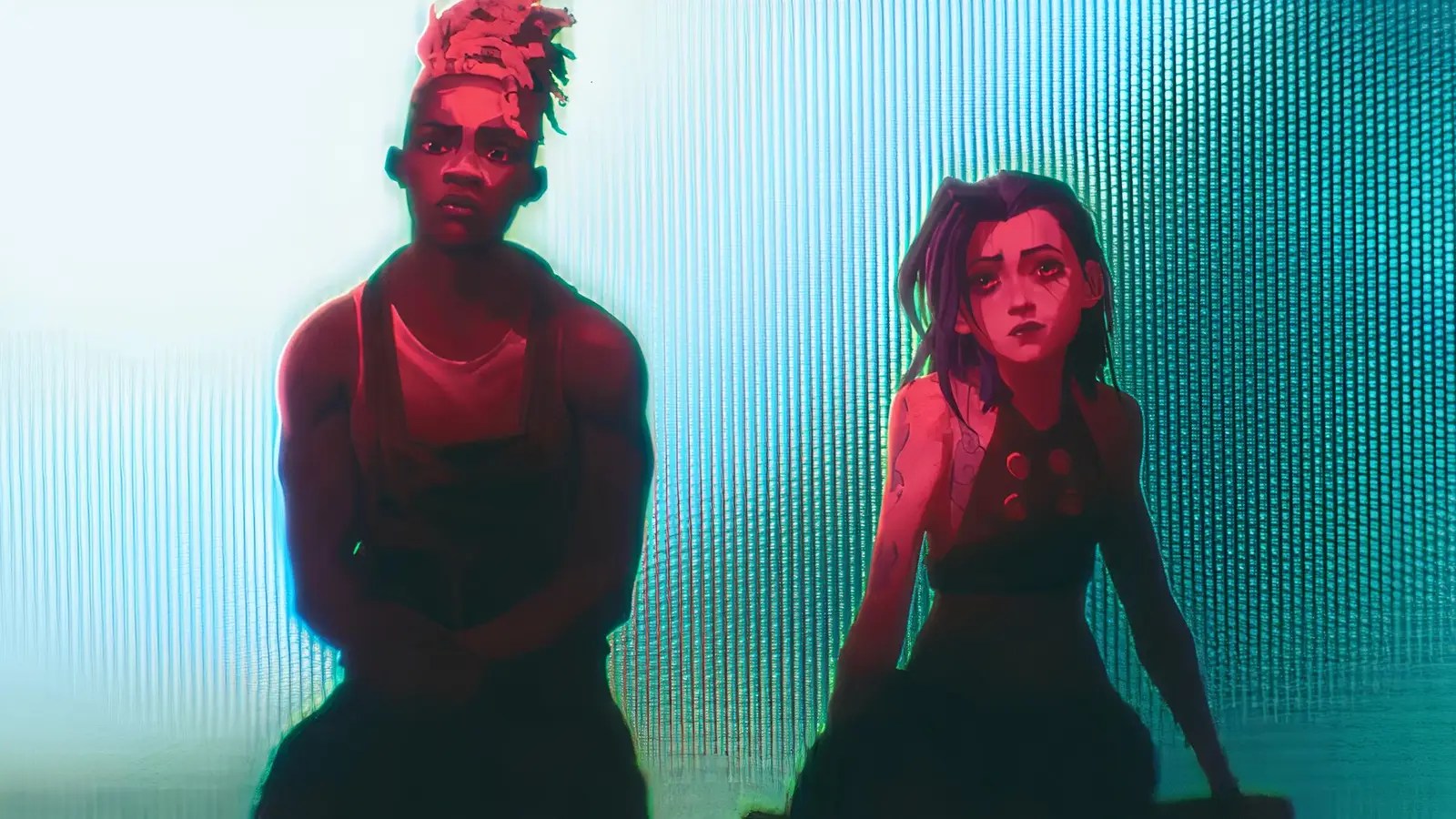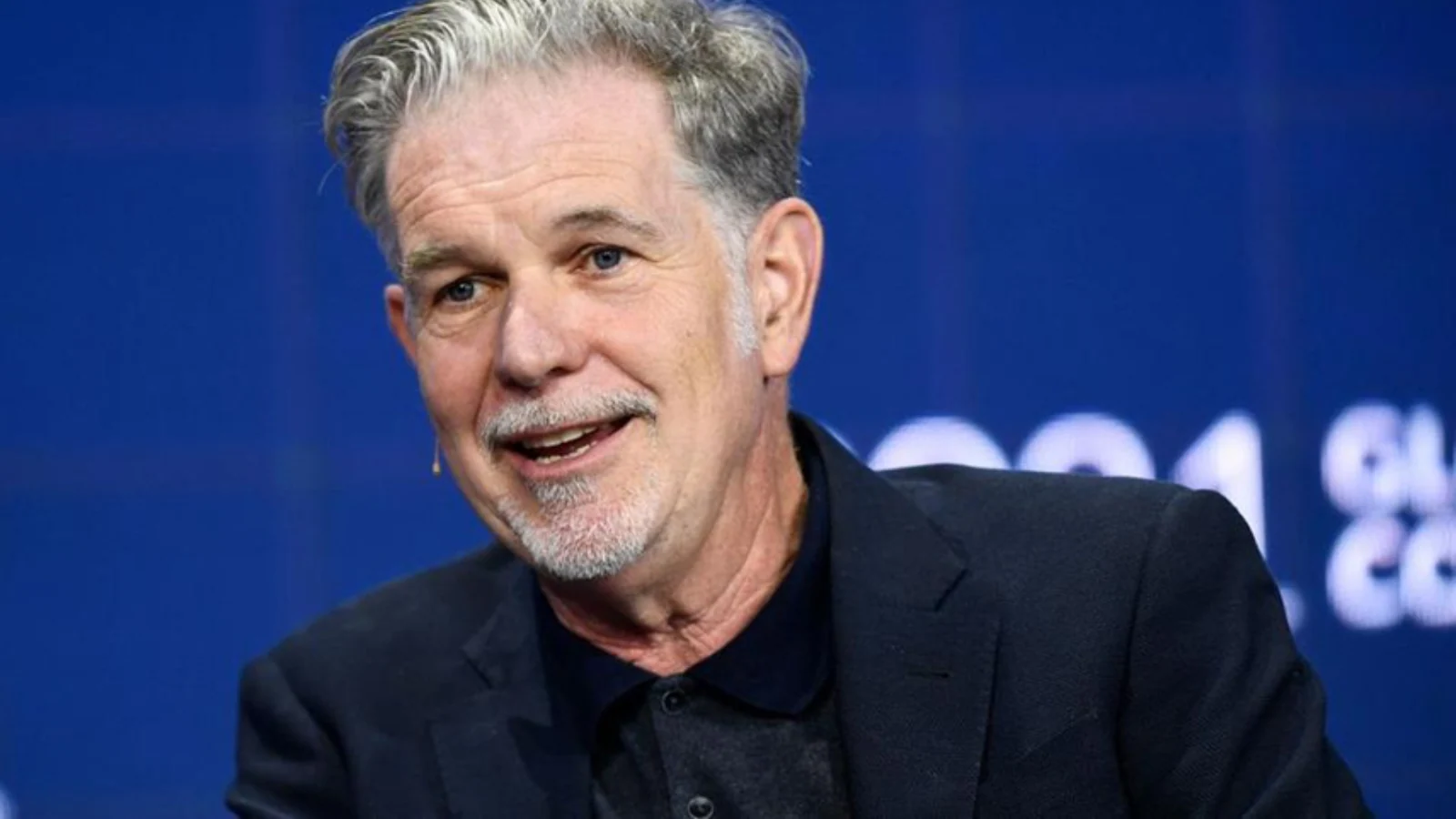
For decades, anime has been almost synonymous with Japan, with its bold artistry, daring storytelling, and cultural influence spreading worldwide. Yet in recent years, American studios and creators have stepped up to the challenge, delivering shows that carry the same emotional weight, visual flair, and thematic power as Japan’s best exports. These series are often branded as “anime-inspired” rather than true anime, but their quality leaves little room for such technicalities.
As U.S. studios continue blending Western narrative structures with Eastern artistic influences, the results have been astonishing. The following ten titles demonstrate that American “anime” can rival, and sometimes surpass, Japan’s most beloved series. Together, they signal that Japan may no longer hold an unshakable monopoly on the medium it pioneered.
She-Ra and the Princesses of Power
Netflix’s She-Ra and the Princesses of Power did not just modernize a nostalgic 1980s property; it reinvented it. With a bold new art style and layered characters, the series elevated itself far beyond typical children’s animation. At its heart, it blended personal identity struggles, complex relationships, and epic fantasy storytelling in a way that felt strikingly anime-like.
The show’s greatest achievement lies in its emotional depth. Relationships between characters like Adora and Catra carried all the tension, heartbreak, and catharsis one might expect from the most dramatic shojo or shōnen series. By combining inclusivity, intricate world-building, and dazzling action, She-Ra stands as proof that American creators can match Japan’s ability to tell stories that resonate deeply across generations.
The Boondocks
Aaron McGruder’s The Boondocks might not feature giant robots or fantasy kingdoms, but its cultural significance is impossible to ignore. Using anime-inspired visuals and fluid fight choreography, the show provided sharp, often satirical commentary on race, politics, and identity in America. Few Japanese series have ever managed to blend humor and social critique so seamlessly.
More than its commentary, the series demonstrated technical excellence in action design. Huey’s combat sequences mirrored the elegance and intensity of martial arts anime, while the storytelling challenged viewers to confront uncomfortable truths. The Boondocks proved that “anime style” could be a tool for storytelling as cutting and insightful as anything coming from Japan.
The Legend of Korra
As a sequel to Avatar: The Last Airbender, The Legend of Korra had big shoes to fill, and it delivered. This series explored more mature themes, including political upheaval, personal identity, and the consequences of power. Its bold decision to evolve the world into a steampunk-inspired setting pushed the boundaries of what “anime-inspired” could mean.
Korra herself was a groundbreaking protagonist, strong yet vulnerable, embodying traits often seen in shōnen and seinen heroes alike. The show’s animation quality rivaled Japanese studios at their best, particularly during fight sequences. By the end, Korra and Asami’s romantic arc showcased progressive storytelling rarely seen in Japanese anime, proving that U.S. creators could push the envelope in ways Japan sometimes hesitates to.
Devil May Cry
Although based on a Japanese video game, the Devil May Cry animated adaptation received a notable U.S. co-production influence that gave it broader appeal. Its gothic aesthetic, moody atmosphere, and relentless action sequences fit squarely within the anime tradition. What made it stand out was its hybridized storytelling approach, balancing character drama with cinematic spectacle.
Dante’s portrayal struck the perfect balance between stylish antihero and relatable protagonist, resonating with audiences who craved both spectacle and substance. By leveraging U.S. production support, the series demonstrated how Western studios could match Japan’s knack for stylized storytelling. It became an early example of how cross-cultural partnerships could produce something extraordinary in the anime space.
Dota: Dragon’s Blood
Adapted from Valve’s wildly popular game, Dota: Dragon’s Blood delivered a fantasy anime experience that felt both Western in scale and Eastern in execution. The series combined lore-heavy storytelling with breathtaking action sequences that rivaled major Japanese epics. Its ability to make a dense game world accessible to newcomers reflected masterful narrative design.
What set Dragon’s Blood apart was its willingness to embrace complexity. Heroes like Davion and Mirana wrestled with morality, destiny, and sacrifice in ways that echoed Japanese epics like Fullmetal Alchemist. By blending high fantasy with anime-inspired aesthetics, Netflix and Studio MIR showed that American-led projects could compete directly with Japan’s best.
The Dragon Prince
From the creative team behind Avatar: The Last Airbender, The Dragon Prince took Western fantasy tropes and infused them with anime sensibilities. Its sprawling world of elves, dragons, and magic provided fertile ground for a story filled with political intrigue, heartfelt friendships, and epic battles.
The series’ nuanced characters made it shine. Callum, Ezran, and Rayla each carried arcs that reflected growth, vulnerability, and resilience. The show’s humor and heart balanced its darker moments, achieving the same tonal mastery that Japan often nails in its long-running anime. With multiple seasons and an ambitious scope, The Dragon Prince proved Western fantasy could hold its own against anime giants.
Voltron: Legendary Defender
Voltron: Legendary Defender revitalized a classic franchise with a modern sensibility. While the original was an adaptation of a Japanese series, this new version was a uniquely American project infused with anime-inspired artistry. Its space battles and team dynamics rivaled any Japanese mecha series, but its storytelling stood out for weaving personal stakes into galactic drama.
The relationships between the Paladins added depth far beyond the original. Themes of sacrifice, redemption, and unity resonated with a global audience. By bridging nostalgic source material with progressive, character-driven storytelling, Voltron showed that U.S. studios could not only imitate anime but also reinterpret and elevate its legacy.
The Castlevania Franchise
Netflix’s Castlevania franchise was a watershed moment for Western “anime.” Based on Konami’s iconic games, the show brought gothic horror and medieval fantasy to life with breathtaking artistry. Its bloody action sequences rivaled Japan’s darkest anime, while its character work provided a surprising level of emotional depth.
The dynamic between Trevor Belmont, Sypha, and Alucard anchored the series in human emotion. Themes of legacy, loss, and moral ambiguity elevated it above simple action-horror. Its success sparked a wave of Western anime productions, proving that U.S. creators could not only adapt Japanese material but reimagine it into something uniquely their own.
Avatar: The Last Airbender
Few series embody the “anime-inspired” label better than Avatar: The Last Airbender. Its elemental bending system felt as intricate as any shōnen power structure, while its world-building matched the depth of classic Japanese epics. From Zuko’s redemption arc to Aang’s spiritual journey, the storytelling balanced humor, action, and philosophy with expert precision.
What set Avatar apart was its universal appeal. Younger audiences were captivated by the humor and adventure, while older fans appreciated its mature themes. Its finale remains one of the most satisfying in animated history, rivaling the emotional payoff of classics like Naruto or Hunter x Hunter. For many, this was the series that proved American anime could go toe-to-toe with Japan’s finest.
Arcane
Riot Games’ Arcane did not just compete with anime, it redefined global animation. Based on League of Legends, the series stunned audiences with its painterly visuals, kinetic action, and deeply human characters. Its focus on sisters Vi and Jinx grounded the story in emotion, even as political intrigue and magical technology swirled around them.



